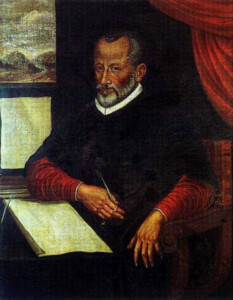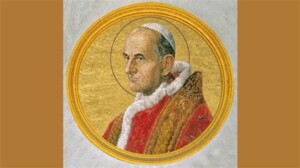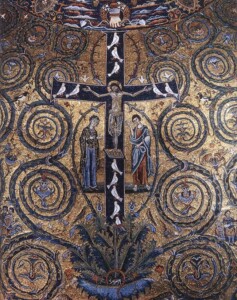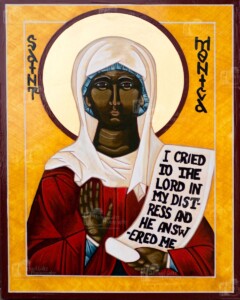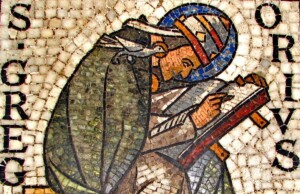When I was younger, I wrote a lot of poetry. Often it took the form of song lyrics. But sometimes it was just poetry for its own sake, because I love poetry. One of the things about writing a lot when you’re young is that your work sticks around. You can read it when you get old and think, “This wasn’t very good.” Or more importantly, “This reveals more about me than I realized at the time. I didn’t recognize that feeling or insight for what it really was.” Occasionally, you discover, “Oh, there is actually an insight here that I didn’t even know I had at the time.” This comes about because, when we’re trying to make poetry work, we’re not using just our rational faculties. We’re using a certain kind of intuition, a felt, tactile sense of reality. We want to feel how the words fit together and create a rhythm together. When we’re writing poetry, we’re accessing our embodiedness in a way that we don’t when we’re writing an essay or an instructional manual.
I believe that an analogous process has taken place in the Liturgy. As Catholics, we profess that the Holy Spirit guides the Church in its development, and therefore that He also guides the development of the Liturgy. The Liturgy was assembled over many centuries by different people working in different places under different influences. These people made choices whose consequences none of them could have anticipated. The Holy Spirit may have inspired them to move in some way, knowing that a certain intuition would bear fruit 300 years later. Also, new people arose over time, bringing new insights. One example is William Durandus, a prominent medieval commentator on the Liturgy. Today, not everyone agrees that his works serve as a good critical resource for understanding the meaning of the Liturgy. But they do provide a snapshot in time: what people in the 14th century understood the Liturgy to be. This is different from what people in the 11th century thought or people in the 21st century think. To a certain extent, each period’s insights are valid, and we can learn from them all.
The problem with rationalism is that it takes an abstract schema—for instance, revealed truths, arranged in a certain order—and then imposes that on the Liturgy. It gives us the illusion of control over the Liturgy and tempts us to exercise it. But it misses the intuitive aspects that were put there either deliberately by human choice or unknowingly under the influence of the Holy Spirit.
This is a challenge for the Church in our time. The reforms that happened after Vatican II were infected with rationalism. But rationalism was never sufficient to the task of comprehending and communicating the mystery that the Liturgy celebrates. This is why it’s important that we access earlier versions of the Liturgy and use them to help us understand the current one.
